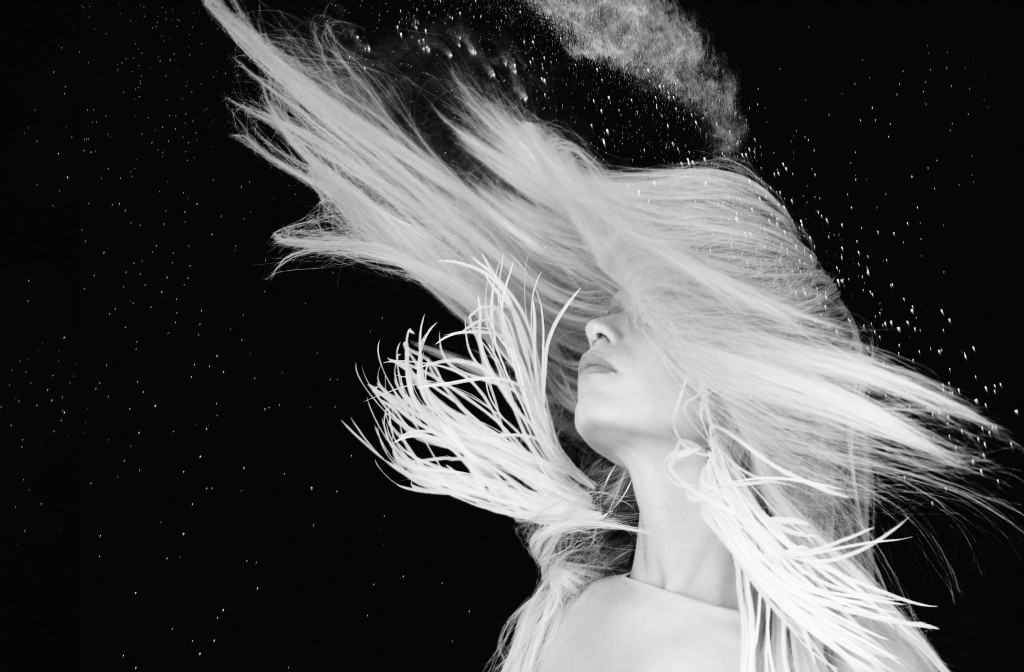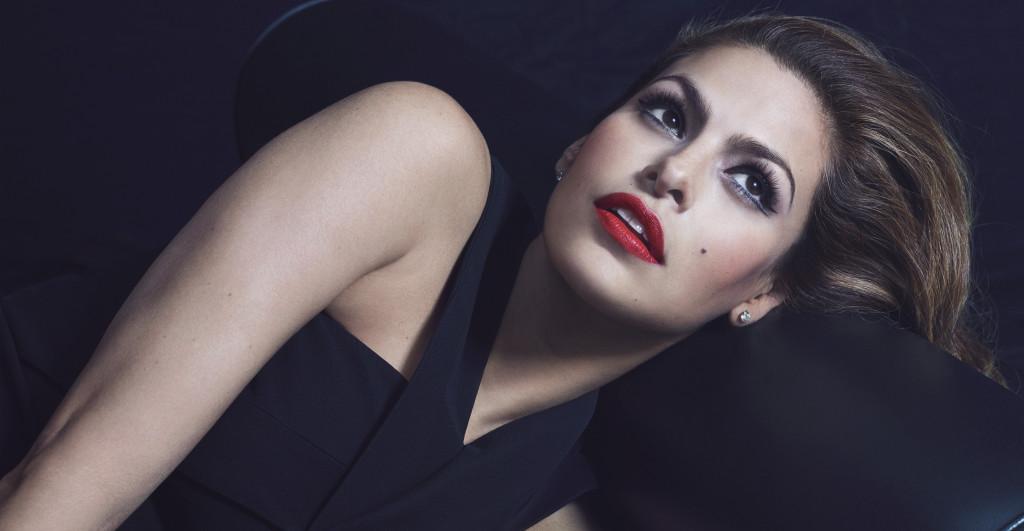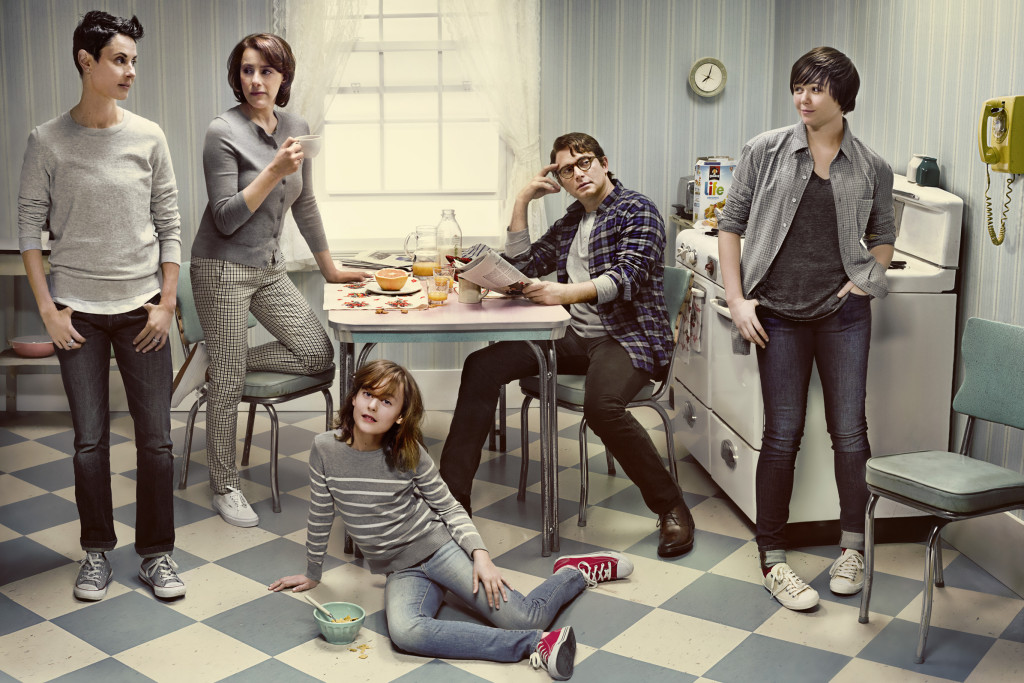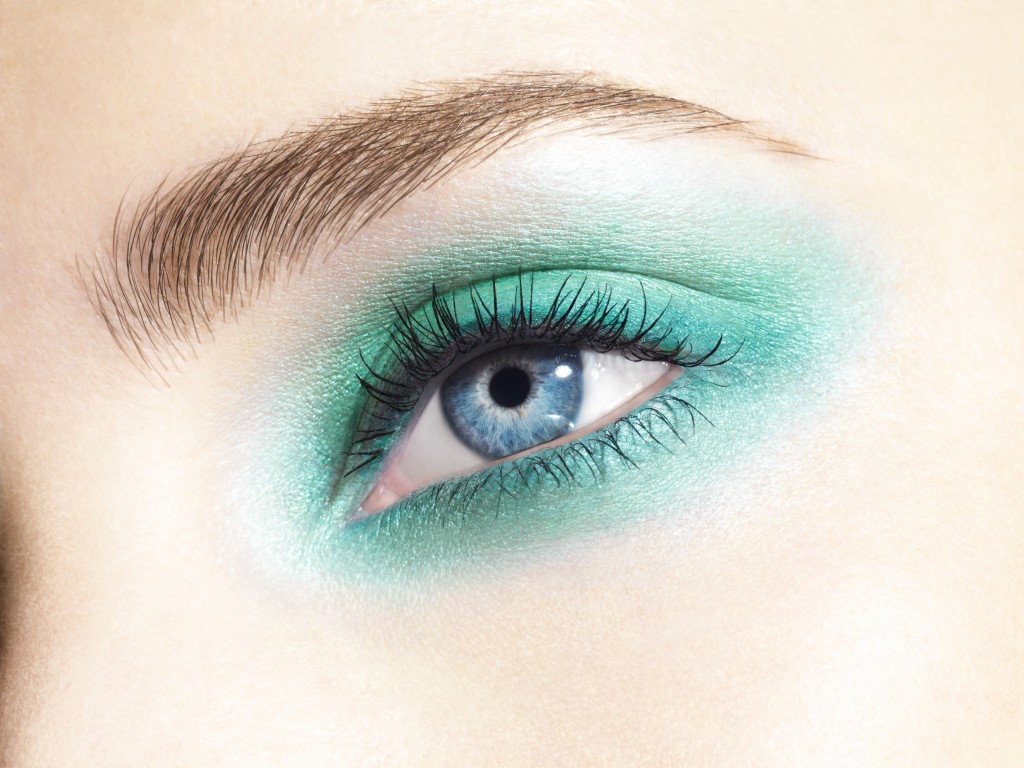March 23, 2015
![Anatomy of a Super Boutique [Part 3]](https://impactdigital.com/wp-content/uploads/2015/03/LO_150111_ES_GVO_01_047_13.jpg)
In the final episode of ‘Anatomy of a Super Boutique’ we look at the business side of the retouching industry. We wanted to know how budgets, clients, and artistic vision come together to create a beautiful final product and spoke to Senior Account Managers Rachel Leibman and Justin Burruto, and Senior Retoucher, Simone Pomposi, to hear their take on managing successful retouching work.
You recently made the transition from Production into Account Management. How did that evolve?
My background is in photography and fine art, so it was natural for me to go into production initially. As I took on more projects, I spent more time in client reviews. I really enjoyed working with clients and realized I had a facility for translating the client’s descriptions into practical terms. It was natural to move into Account Management. Now in addition to working with the retouching team, I interface with our clients more heavily, and work on budgets and timelines to ensure that we are producing work inline with our client’s expectations.
What factors do you consider when creating an estimate? i.e. evaluating time, man-power, etc..
You have to consider a lot more than the retouching itself. There is a host of special considerations to be factored in, like extensions or comps or the requirement to deliver moveable-layered files. There are also additional service level details to consider like the level of the prepress team’s involvement, production management time, QC time, etc. Then there is the type of image to consider. Still-life, entertainment, fashion, advertising, editorial, cars, and consumer products – they all have special artistic and time considerations. A lot goes into estimating a high-end job properly.
We’re about developing amazing working relationships and long-term partnerships with our clients. Part of that relationship is working together on production schedules and  budgets. The art is in the give-and-take and prioritizing. It’s not a linear process. We have wide capacity and you can’t predict everything that can happen or might be requested at a moment’s notice, so we’re very adaptable and prepared for anything. This gives me a lot of comfort, knowing we can pivot on a dime to hit a crazy deadline, or immediately ramp up to take on hundreds of unexpected visuals.
budgets. The art is in the give-and-take and prioritizing. It’s not a linear process. We have wide capacity and you can’t predict everything that can happen or might be requested at a moment’s notice, so we’re very adaptable and prepared for anything. This gives me a lot of comfort, knowing we can pivot on a dime to hit a crazy deadline, or immediately ramp up to take on hundreds of unexpected visuals.
Do aesthetic and technical requests ever conflict? Which takes priority?
They certainly can. For example, on a still life image, our client didn’t want hard lines or contrast on any of the images in the product campaign, but they wanted the product to look more metallic. In practice however, if you soften hard lines and lower contrast it’s difficult to achieve a metallic feel. Working through the technicalities of visual language with clients is important. I act as a ‘visual translator’ between the client and the retouching team to realize the client’s goals. A big part of this business is having a visual vocabulary. Ultimately we showed a few variations and our client landed on the look that worked technically that fit the overall mood of the campaign.
What are your priorities on a daily basis?
Reviewing images with artists is the most important part of my day. The collaboration between the artist and account manager is what brings an image to the next level. Both parties have a perspective that can bring a critical eye to the end result. My relationships and the experience that I’ve had working with many renowned photographers, art directors, and photo editors over the years informs my knowledge and aesthetic in a way that a retoucher might not initially have in their mind when creating a look. I’m also the liaison and translator between the client and the retouching team, to ensure our creative vision is in synch.
My daily priorities are also to make sure that what is scheduled or needed each day have been executed and delivered within the time frame negotiated. I am in constant contact with our clients as to the status of the images and I need to keep a step ahead to anticipate and manage their expectations.
How do you manage the role of liaison between clients and the retouching team?
I’ve worked with a lot of our clients for a long time, so I have in essence become an extension of the photographer’s or the brand’s eyes. I strive to understand their visual identity and what they expect from the process. I want clients to feel that we are devoted to their company or their brand. If a client can trust my eye they will not have to micro-manage the project. The client will love you forever for taking the burden off of them by managing the process while including them in a way that empowers them and makes them look great to their team.
Because our team is very strong technically and artistically, we collaborate in making images that realizes the client’s vision and aesthetic. Working with our talented retouchers is another exciting collaborative side of this industry. There’s a lot of creative problem solving. We work together to think about how to achieve a mutual goal.
For me, what can be most challenging is managing the relationship between the photographer and their client. The photographer may love one version, but the final deliverable to the client might be slightly different in the end. Interpreting feedback from art directors, agencies and/or brand managers without compromising the photographer’s vision is definitely a skill and a challenge that I enjoy.
What are some of the most challenging types of projects you deal with?
The most challenging projects are very large fashion campaigns where you have anywhere from 20-100 images to manage, all on different timelines. With those projects there are also a lot of eyes on the project who are all making comments and markups, these include; photographers, ad agencies, brands, celebrities, etc. You have to manage all of those pieces and approvals to make sure you’re considering the priorities of all of the entities. Timing can be a challenge, a timeline can go on for months, but you really have many different deadlines within that month. With a major campaign, my deadline might extend into ad-release where we deliver to publications directly. That added step on top of final materials means managing a whole other level of image management. On those projects you’re dealing with the entire lifespan of an image. I welcome these challenges since it is so rewarding and fun when you see the final product out in the world!
Do you notice any trends that are going on in the industry right now?
I’ve been in the business for 14 years and there’s a lot more usages than there used to be. Clients produce a wealth of images that are being used for billboards, print ads, in-store, lightboxes, and motion for TV and web content. These diverse deliverables requires specific formats, resolution, and file types. It’s much more complicated now with regard to what deliverables are. All of these exciting outlets for photography offer huge opportunities to create different types of visuals and the chance to grow and adapt to our diverse clients evolving demands.
In a practical way, how do you manage your part in the retouching process considering you rely on Account Management to relay your thoughts to the client?
Since our jobs are very different the key is to find a way to communicate with each other so we can establish a common understanding. Sometimes a client request can be very specific and technical, even possibly out of an Account Manager’s knowledge. So just as they translate a client’s wishes, I translate the technical side of how to make that vision happen.
My job is to communicate to Account Management why or why not something works, either visually or technically. The ultimate goal is to please the client, but I also need to give legitimate feedback about what I think the best end result will be. Even if a client only takes 10% of what I have to say into consideration- that’s still something.
I also love working with photographers directly. I’m a photographer myself and I’ve worked as a photographer professionally. So I know what they’re looking at, how they think. It’s a privilege to sit with them to actualize their vision.
Do you notice any trends in retouching right now?
Retouching is of course linked with photography. So there’s not so much ‘retouching trends’ as much as aligning with the photography trend of the moment. That being said, of course over the years the aesthetic has shifted. It’s always changing. Lately, people want images to look more natural, more photographic. Even a couple of years ago, every ad looked more artificial than it does now. There’s a great blog post I recently saw with an analysis of Prada ad campaigns from 1987 to 2014. It’s a perfect reference to see how photography and retouching have changed in tandem. You start seeing some lightweight Photoshop effects in the 90’s, then around 2004/2005 use of Photoshop effects really rev up, and now it’s coming down again.
What are the most challenging types of projects that you work on?
There are 2 very different ‘groups’ of projects that are challenging.
The first is recognizing and maintaining a pre-existing look for a brand. That is an artistic challenge that requires you to apply your artistic skills and knowledge. It’s like cooking; you have the brand, the image, visual references from the client and their vision. You have all of these ingredients and our job is to mix them together and in the end a beautiful image comes out that represents the brand.
 The second type of challenge is technical. Those are huge jobs where we are dealing with 80-100 images of products in different layouts. That becomes an issue of maintaining consistency and developing an internal workflow for that specific project. We modify our workflow to not only stay organized, but to be super efficient.
The second type of challenge is technical. Those are huge jobs where we are dealing with 80-100 images of products in different layouts. That becomes an issue of maintaining consistency and developing an internal workflow for that specific project. We modify our workflow to not only stay organized, but to be super efficient.
Additionally, everyone knows you can do anything in Photoshop – conceptually. However, what Photoshop can do overall versus what it can do for a specific project is very different. Depending on the time you have and the desired outcome some requests look and sound simple, but they’re extremely technically complicated.
How about some of your favorite tools in Photoshop?
Photoshop software is constantly evolving, so we have to evolve with it. I love exploring new techniques as new features come out. Internally we are all Photoshop geeks and share techniques all the time. Part of our job is to keep up to date with the tools at our disposal. Generally speaking, a cool new feature isn’t really meaningful until you find a valuable application for it.
One newer tool I love is ‘Linked Smart Objects’. This feature transformed our workflow. It allows for one master file to be used for multiple layouts. It’s much easier now to share the exact same file among different layouts. It’s hugely beneficial in saving us on file and time management, while also leaving less latitude for mistakes. There are a few other tools that are great, but I can’t give away all of my secrets…
Read the series ‘Anatomy of a Super Boutique’: Part 1 – Part 2
Photo Credits (from top to bottom):
– Emma Summerton
– Maurizio Bavutti
– Maurizio Bavutti
– Emma Summerton
– Sølve Sundsbø
– Mark Seliger
– Sephora
– CoverGirl